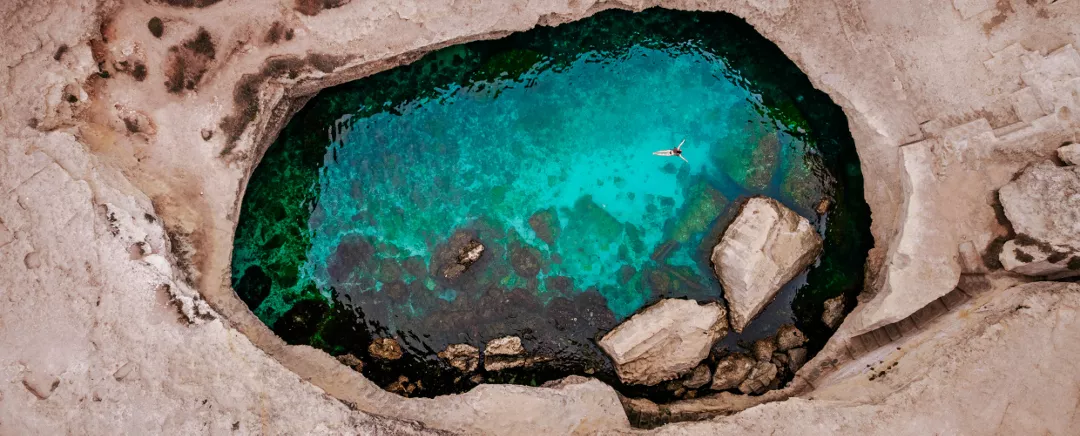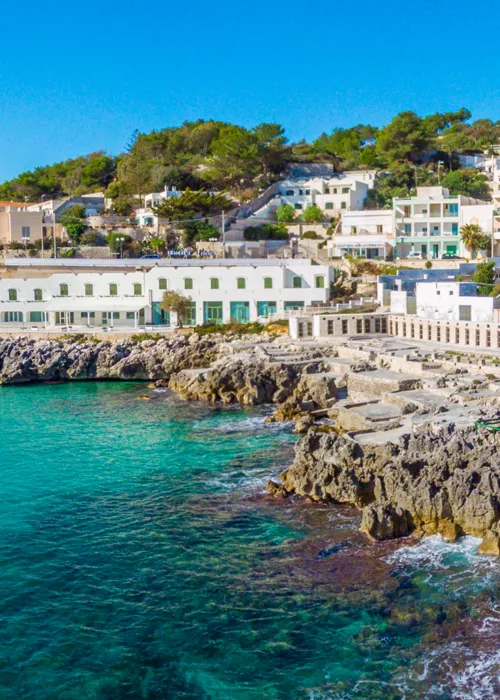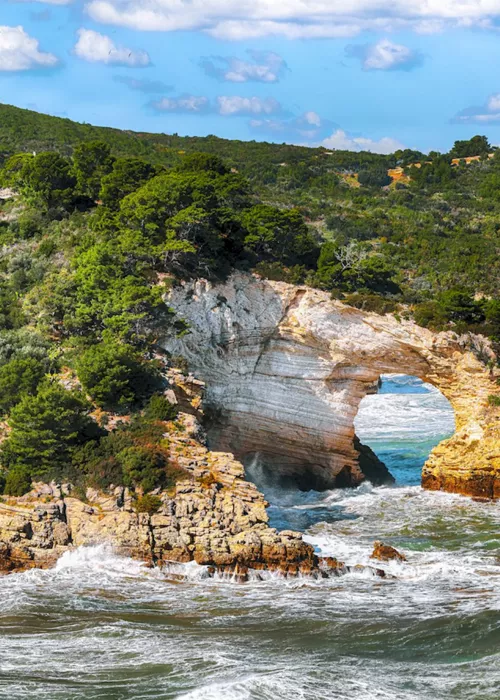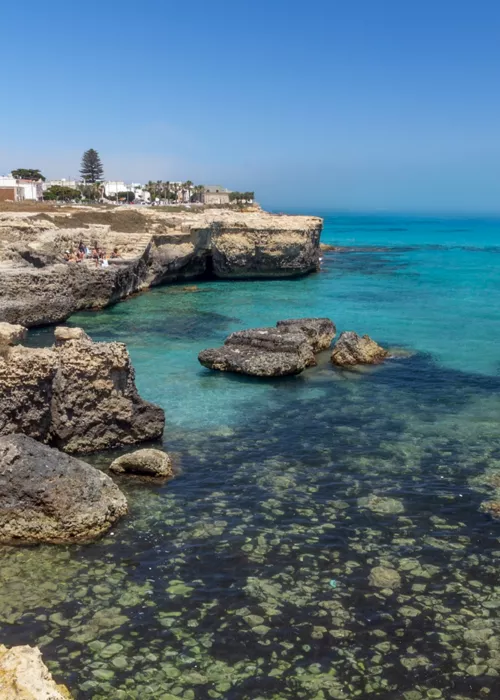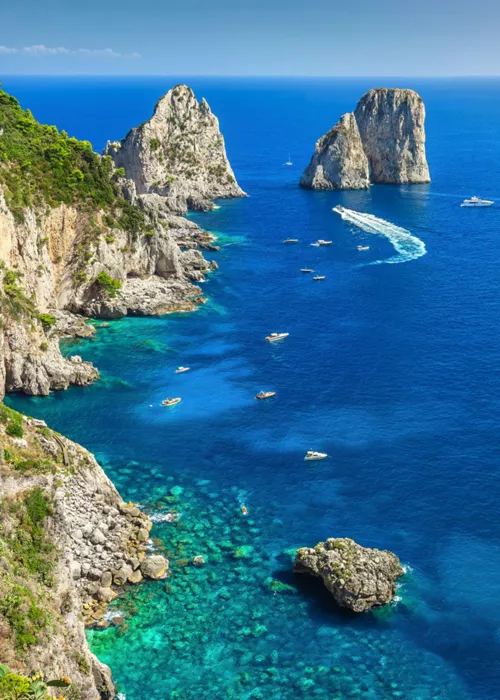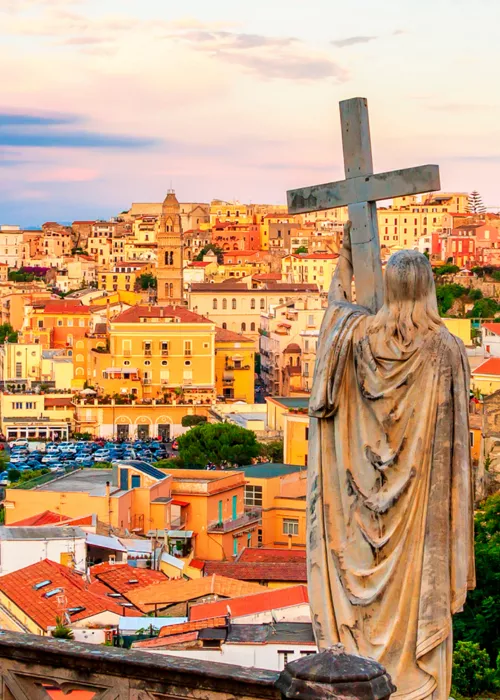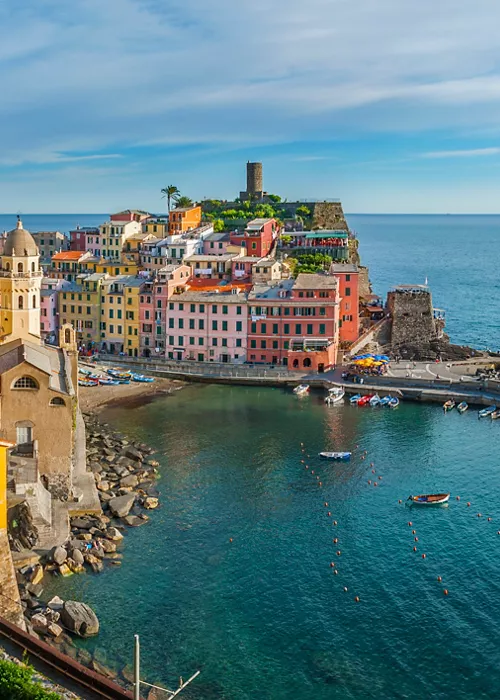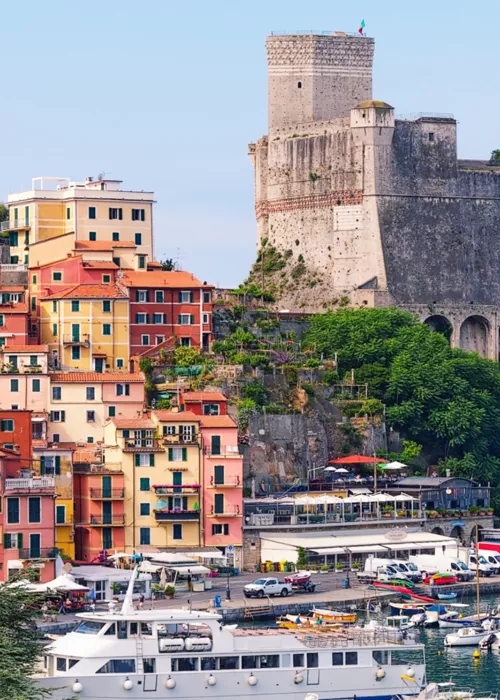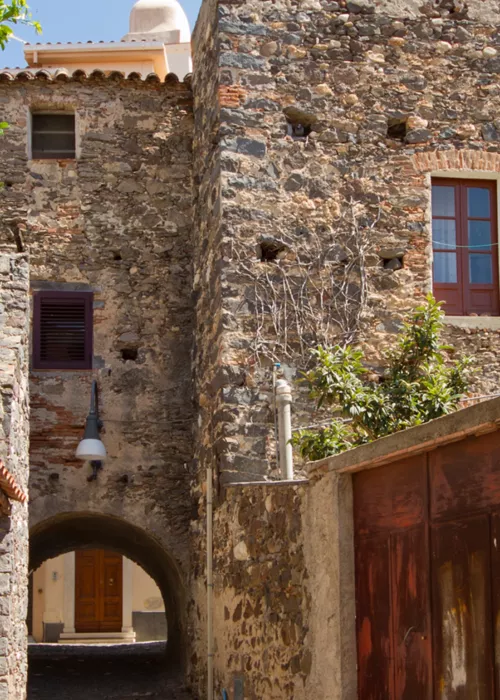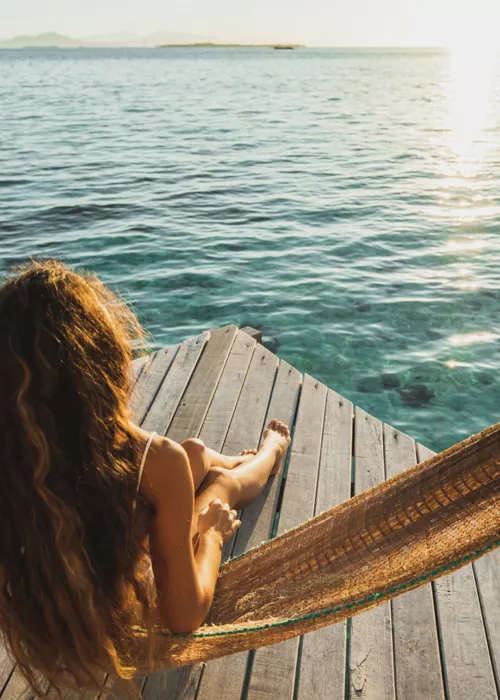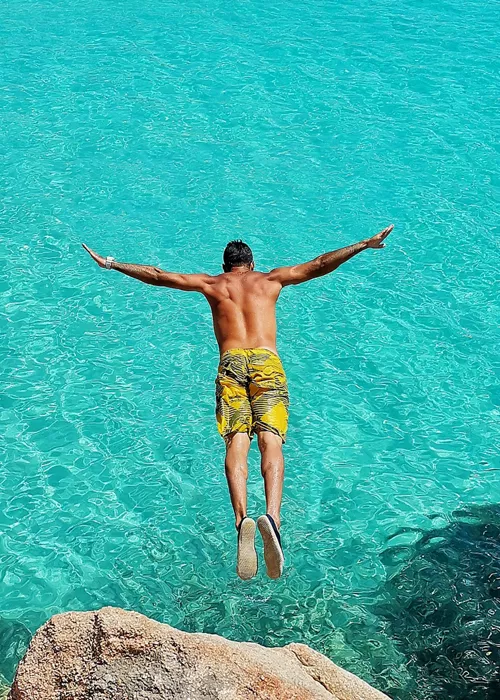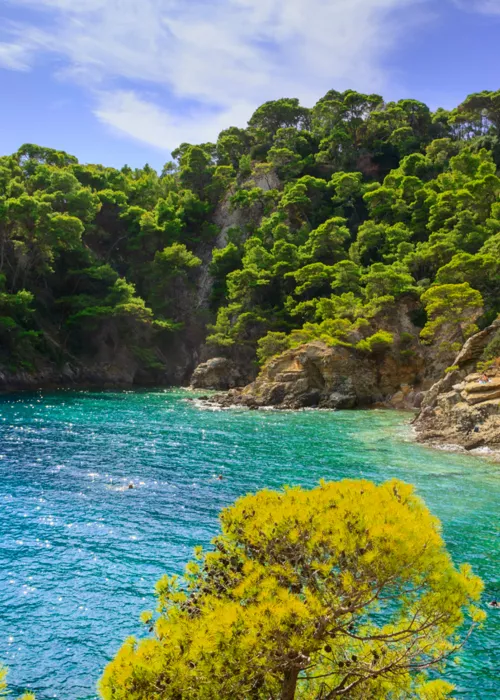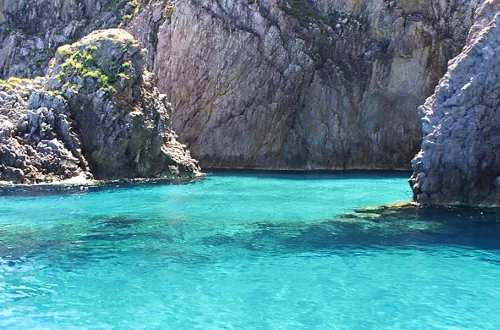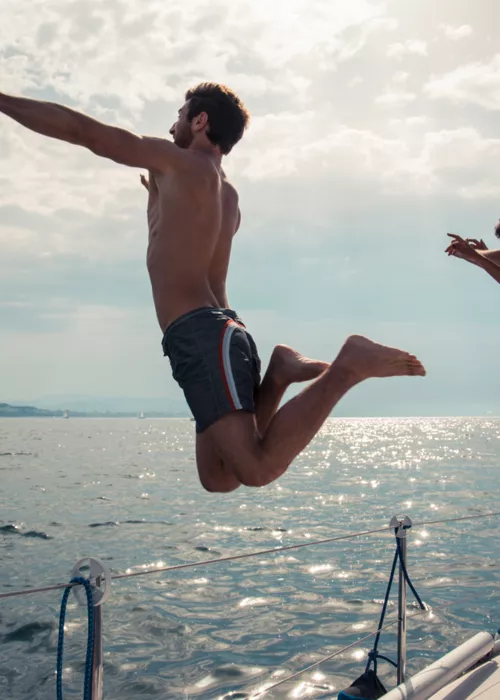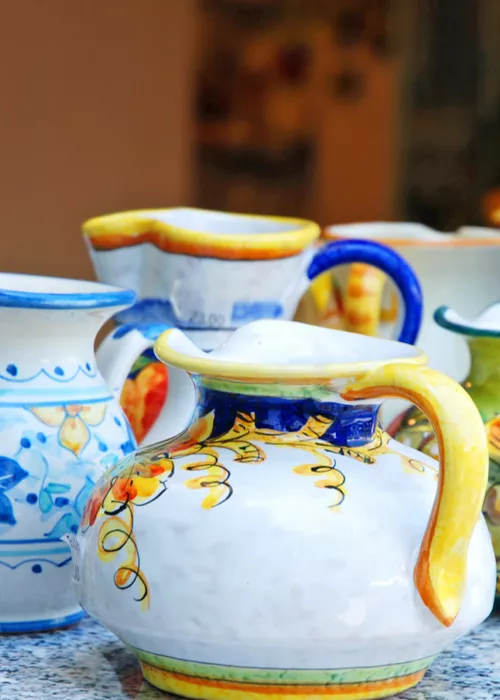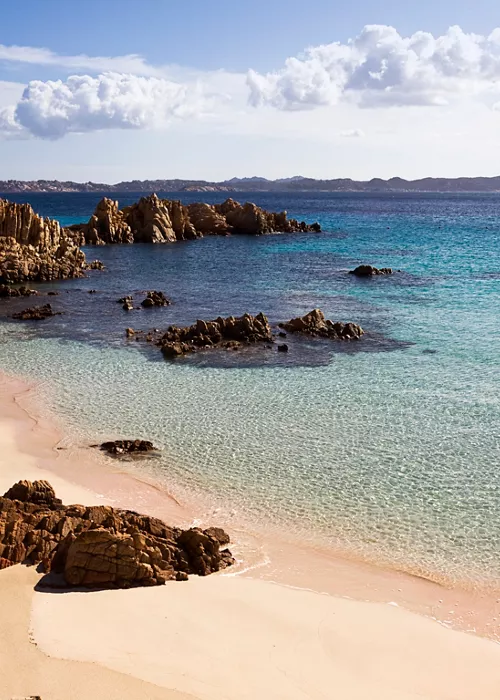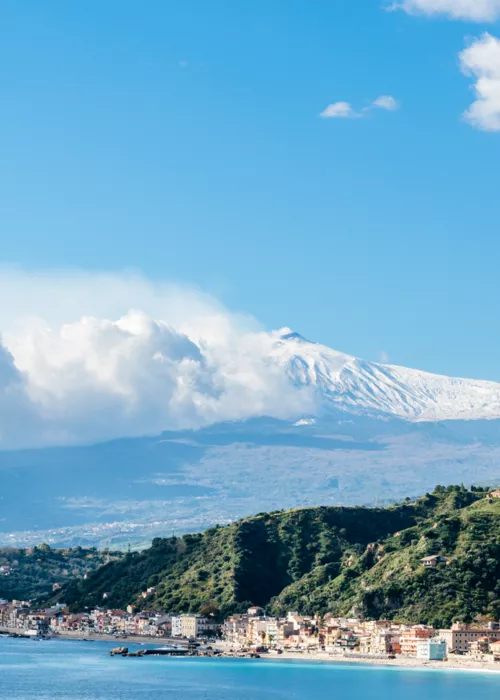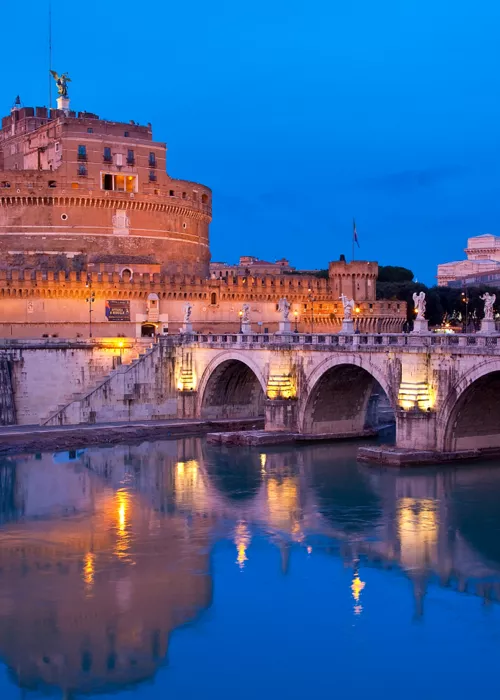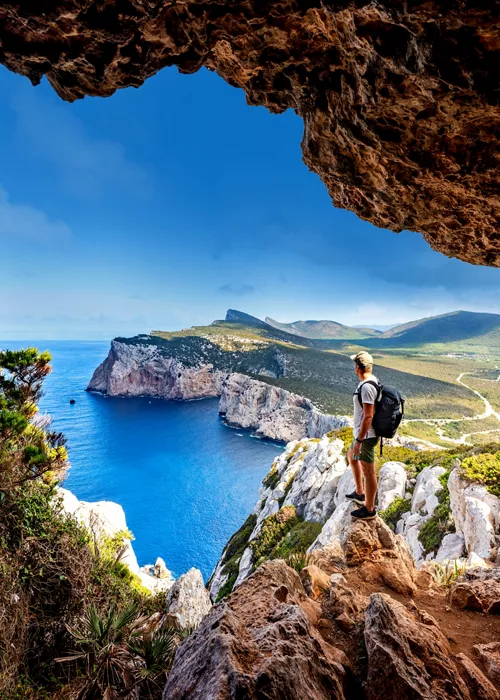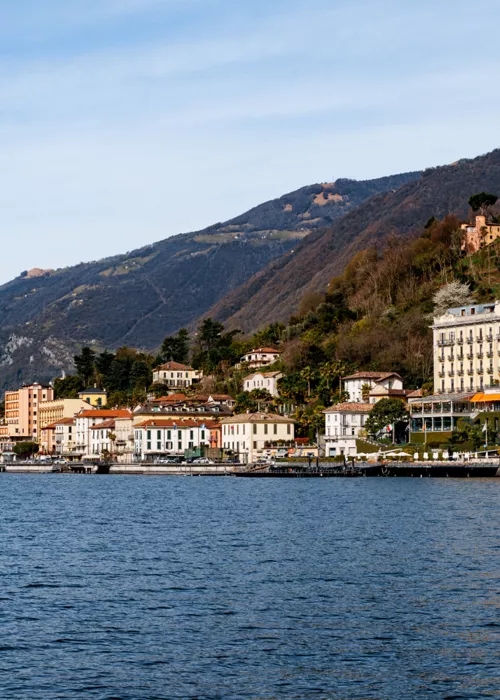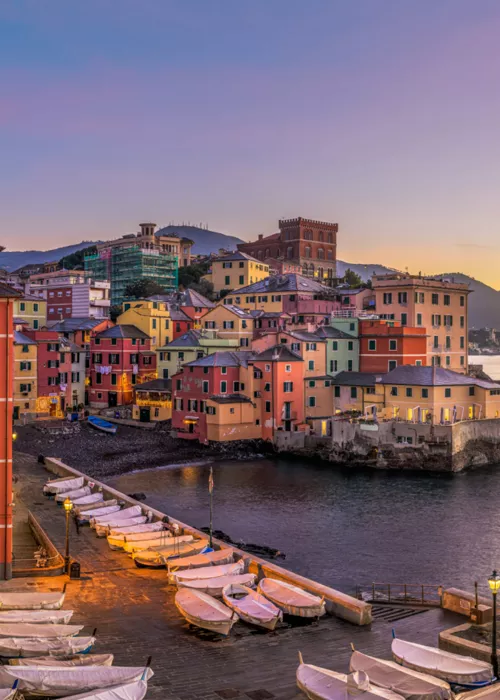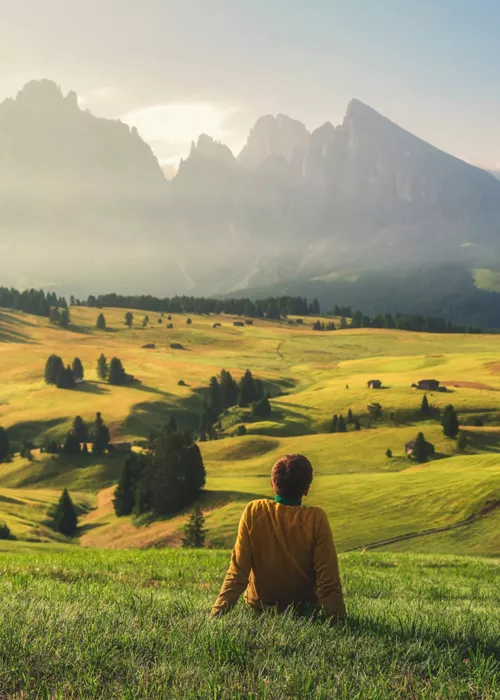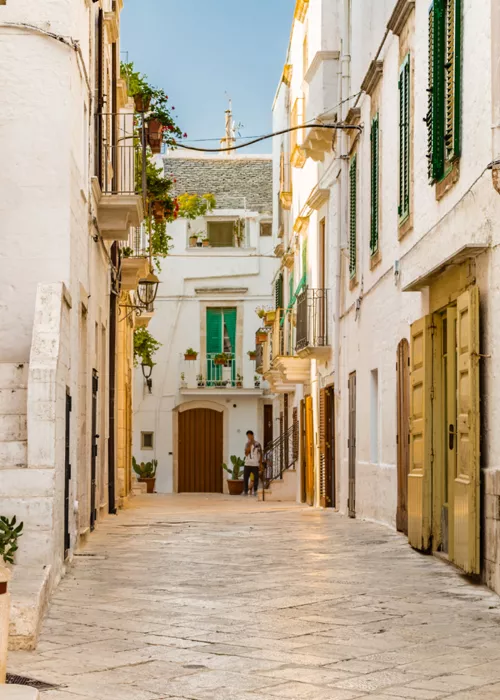Visit the most beautiful sea caves of the Mediterranean with eco-friendly tours
4 minutes
The cradle of great civilisations, a treasure trove of natural scenery of extraordinary beauty, it represents only 1% of the planet's water surface, yet it contains 10% of all known species: an incomparable heritage of biodiversity that contributes to making Italy, with its 8,000 kilometres of coastline bathed by its waters, one of the most popular destinations for international tourism.
A 'blue capital', as the WWF GenerAzione Mare campaign defines it, which aims to protect the Mediterranean's heritage and the species that inhabit it, which are seriously threatened by overfishing, tourism, micro-plastics and climate change.
To mark this occasion, we would like to invite you to celebrate with awareness, by paying homage to the rarest and most hidden treasures that the Mare Nostrum holds; some of its most spectacular sea caves, along an eco-tour that, like any form of sustainable tourism, safeguards the delicate balance of these exceptional habitats, while respecting local communities, economies, traditions and biodiversity. Are you ready?
Apulia, the Cave of Poetry
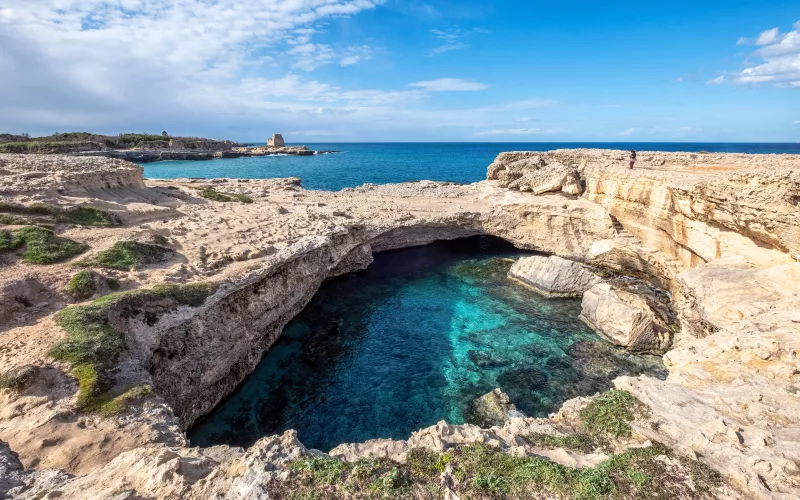
The journey starts in the south, in Apulia, whose jagged coastline harbours many marine treasures, protected by the shadows, such as the Grotta della Zinzulusa, in Salento, or the many spectacular sea caves of the Gargano coastline.
Also on the Adriatic coast, in Melendugno, between San Foca and Torre dell'Orso, is the Grotta della Poesia. This is one of the most enchanting natural pools in the world; a partially uncovered basin, due to the collapse of the rocky vault following karstic processes, and connected to a smaller pool through an underground tunnel.
Due to its ancient function as a sacred place, the cave preserves Messapian, Greek and Latin inscriptions on its walls. An evocative location shrouded in mystery, according to one legend it owes its name to the fact that a princess - so beautiful that her graces inspired local poets and notables to pen romantic verses - bathed in its crystalline waves. It is more likely, however, that the name of the cave derives from Greek and indicates the original potability of its waters (posìa).
To respect the nature of the place, visits are guided and regulated by a local cultural association.
Campania, the Blue Grotto of Capri
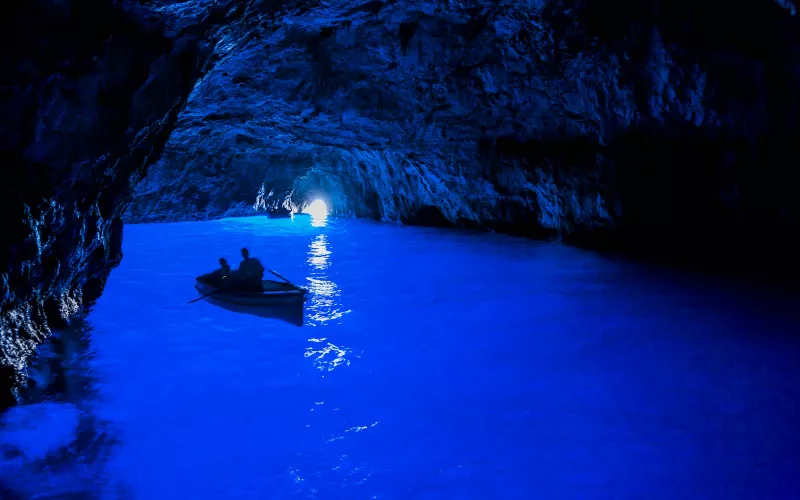
Moving from the Adriatic to the Tyrrhenian Sea, and more precisely to Campania, a visit, strictly with engines off, among the shimmering walls and fluorescent blue waters of the Grotta Azzurra on Capri is the best way to celebrate the Mare Nostrum, the architect that has sculpted one of Italy's most astonishing marine spectacles over the millennia.
Whether you reach it from the land, at the end of a long flight of steps, or from the sea, mooring offshore, the only way to enter is by the small rowing boats belonging to the local fishermen, who will usher you, with acrobatic skill, through the low, narrow entrance to the grotto, making you lie on your stomach at the bottom of the boat. From there on, the experience is that of a daydream.
Lazio, the Grotta del Turco
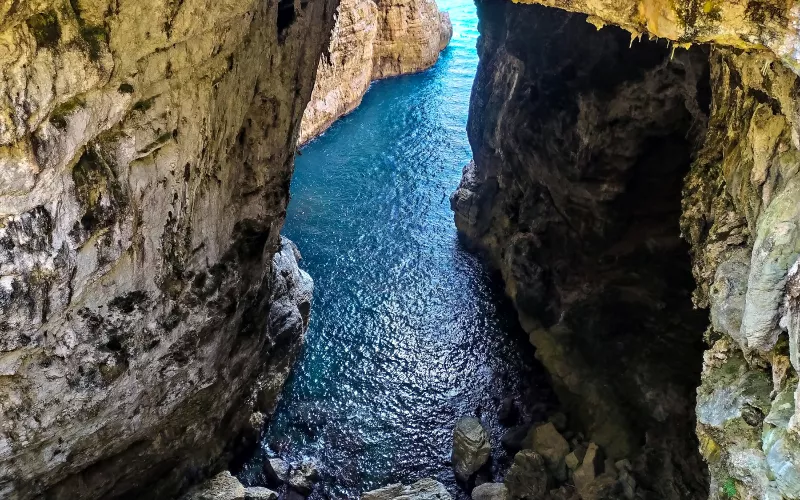
Proceeding northwards along the Pontine coast, you come to Gaeta, to the so-called 'split mountain', one of the most scenic landscapes of that stretch of coastline. Three deep clefts rip through a high rocky outcrop overlooking the sea: inside one of these, you can walk the 300 steps carved into the mountain, almost to the blue depths of the Grotta del Turco (Turk's Cave).
So called because of an impression imprinted on one of the walls, according to folklore it was left by a Saracen sailor: incredulous about the divine origin of the clefts, he put his right hand against it and the stone became soft under his pressure.
Probably due to karstic processes and polished by the continuous brushing of the faithful, the imprint is just one of the many mystical charms of this fascinating destination, accessible from the sanctuary above, but for safety and conservation reasons limited to the terrace overlooking it, a few metres higher up.
Liguria, Byron's Grotto
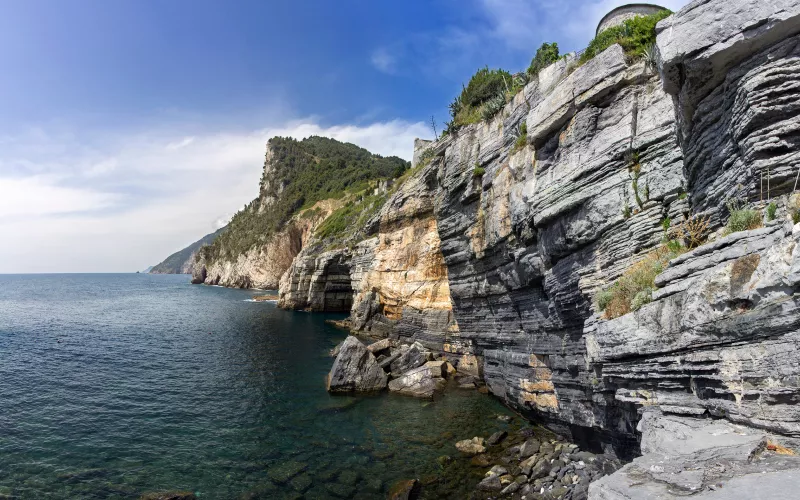
Heading up the Peninsula, from mystery to mystery, from the Tyrrhenian Sea upwards, towards eastern Liguria, at Portovenere, a UNESCO heritage site in the paradise of the Cinque Terre, you will find another wonder shaped by the Mare Nostrum, Byron's Grotto. It is said that the British poet Lord George Gordon Byron used to go here in search of inspiration and meditation.
This place is also linked to a legendary episode; it seems that Byron swam 8 kilometres from here to reach his friend and colleague Percy Bisshe Shelley in Lerici. The cave, a diver's paradise, is a 20-metre deep cavity set in a white cliff, on which the castle walls and the church of San Pietro stand. It can be reached on foot along a path carved into the rock.
Sardinia, the Bue Marino Caves
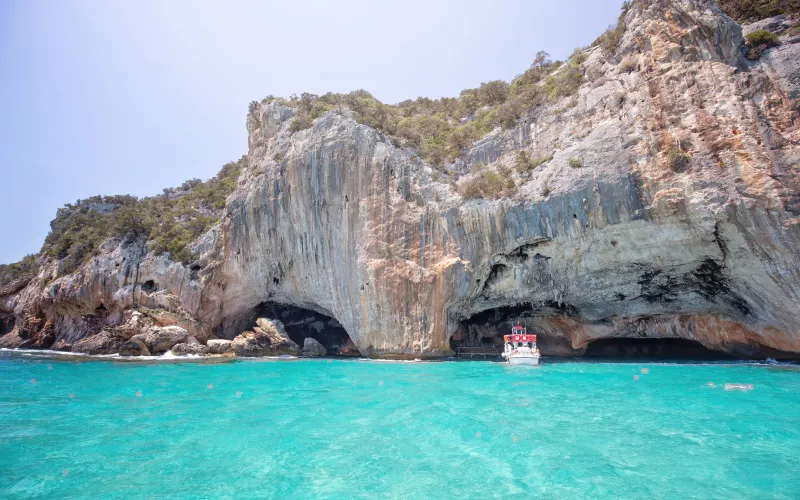
On the other shore, in Sardinia, near Cala Gonone in the Gulf of Orosei, you can discover another very emblematic place for endangered biodiversity in the Mediterranean: the Grotte del Bue Marino, a series of natural caves whose karstic structure stretches for about 5 kilometres.
Colonised until the 1980s by the monk seal, which the Sardinians call sea ox (bue marino), in order to re-establish its natural habitat and attract the endangered species, which used to give birth and wean its pups in these places protected by the sea, guided tours have been set up with limited numbers.
The tours wind their way along a nearly one-kilometre long route, amidst the patterns of stalactites and stalagmites that set up sumptuous natural architectural structures, and rock paintings dating back to the Neolithic period that evoke a mysterious 'dance of the sun'.

